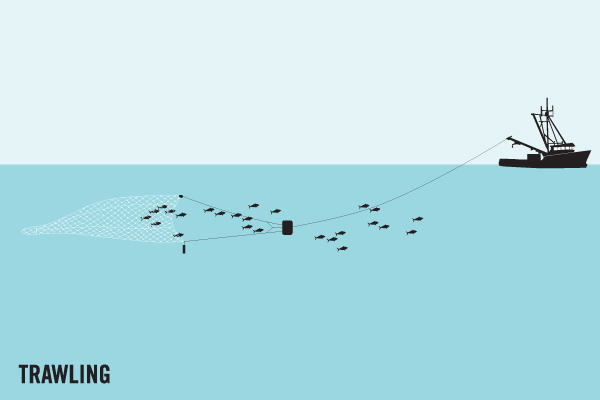Average Weight/Length
About the same as the Red Hind, but maximum may be slightly larger to 8 or 9 pounds. World record 9 pounds.
Other "Popular" Names for this Fish
Rock Cod, Cabre Mora, Mero Cabrilla
Location Habitat
Coral reefs and rocky banks. Inhabits rocky reefs. Usually solitary. Feeds mainly on crabs (67%) and fishes (20%). At Ascension I., it feeds on juvenile Melichthys niger and young sea turtles. Difficult to approach. Juveniles often seen in rockpools. Its flesh is of good quality. Marketed fresh. Angling: Like other grouper, rock hind are caught by fishing at the right depth over an irregular bottom
Biology & Physical Description
The Rock Hind is mostly brown or tan in background color. Has spots similar to those of the Red Hind, but also is marked by large, dark blotches on the upper sides usually two, but often more. Dorsal spines (total): 11; Dorsal soft rays (total): 16-17; Anal spines: 3; Anal soft rays: 8. Maxilla without scales. Preopercle with rounded, only slightly enlarged, spines at its angle. Opercle with 3 flat spines, middle one the largest. Pelvic fins shorter than pectorals and shorter than longest dorsal spine. Bases of soft dorsal and anal fins covered with scales and thick skin. 2 or 3 dark saddles along base of dorsal fin and another on top of caudal peduncle. Tan with red spots on head, body and fins, spots becoming larger ventrally (Ref. 26938); characterized further by: body depth less than head length, 2.6-3.2 times in SL; head length 2.1-2.5 in SL; interorbital area flat or slightly concave; preopercle evenly serrate; smooth subopercle and interopercle; subequal posterior and anterior nostrils
Geographic Species Map (Fishbase.org Map)
|
|

|
Summary of Distribution: Western Atlantic: Massachusetts, USA and Bermuda to the Gulf of Mexico, the Caribbean and southern Brazil. Eastern Atlantic: Ascension and St. Helena islands; dubious records from the Canary Islands, Cape Verde and South Africa are discussed by Heemstra. Also recorded from eastern Atlantic from Sao Tome in the Gulf of Guinea and from the Azores (Portugal) |
|
Note: Distribution range colors indicate degree of suitability of habitat which can be interpreted as probabilities of occurrence (fishbase.org) |
|
Sport Fishing Techniques
|
|
Kite Fishing (Rig)A Kite Fishing Rig is.... |
|
|
|
River DriftRiver Drift means to use the.... |
|
|
|
TrawlingTrawling is when.... |
|
Tackle & Baits
In some reef areas of the Bahamas, Red Hinds can be caught to the point of boredom by drifting and bouncing the bottom with jigs. Bottom fishing with cut baits of any kind is also productive.
Game Rating
Game Rating : 8/10
Game Description :
Aggressive striker; lethargic battler.
Food Rating
Game Rating : 8/10
Game Description :
Excellent




















 Rock Hind Grouper
Rock Hind Grouper 

.jpg)


